This week’s Psychology Update presents 3 articles related to the topic of Sensation and Perception. Though the articles focus on different sensory and perceptual systems, the studies are fascinating and demonstrate the importance of understanding Psychology and Behavior in the context of S&P.
ARTICLE #1
TITLE
How Do You Smell? | Science
DESCRIPTION
This is truly an amazing article! It is a very rich tapestry regarding the sense of smell and how it relates to our daily lives, culture, and personal experience (autobiographical). The article takes the reader through art and odor, deficits due to contracting the covid virus, neurology, anatomy and physiology, along with the way research is done in the lab. Important for Psychology to understand how this sense and the perception of odors affects every aspect of our daily lives. From the article: “Olfaction has always been our underdog sense. It’s both primitive and complex, which makes it hard to study and harder still to transfer to our increasingly digital existence. Our scientific understanding of how smell works lags so far behind our grasp of hearing and (especially) vision, and smells cannot at this point be recorded or emailed or Instagrammed. In one 2011 survey, more than half of young adults admitted that they would rather forfeit their ability to smell than their smartphones….But just when it seemed that the nose could not recover from its nose dive, along came the coronavirus. Afflicted people robbed of their sense of smell realized that they couldn’t register the smoke of fires actively burning down their houses, or the scent of their spouses (torpedoing marriages, by some accounts), or even the savor of a candy bar—since many of what we think of as tastes, like the flavor of chocolate, are actually smells. That stank. “You don’t know what you have until it’s gone,” Keller says.”
The author takes the reader through the fascinating experiments performed at the Monell Center in Philadelphia as she relates her own reactions to the various odors presented to her in the lab. The article is a great resource for any student who wishes to study the field of sensation and perception while other students in the discipline of Psychology will relate the findings to their own experiences. From the article: “Olfaction is not only genetically modulated and culturally loaded but autobiographically specific to the extent that certain smells evoke a visceral reaction in you and you alone. This is frustrating to scientists looking to suss out the nose’s fundamental rules. Even fecal smells, supposedly the worst, can awaken a mother’s fondness for the days her child was in diapers or an immigrant’s homesickness for the manure of his ancestral dairy farm.”
SOURCE
Smithsonian Magazine, October 2022, by Abigail Tucker
LINK TO RESOURCE
(Tiny URL) https://tinyurl.com/3exzejpm
====================================
ARTICLE #2
TITLE
Does the Sound of Noisy Eating Drive You Mad? Here’s Why
DESCRIPTION
Some people have a terrible reaction to certain sounds. “Misophonia, a disorder which means sufferers have a hatred of sounds such as eating, chewing, loud breathing or even repeated pen-clicking, was first named as a condition in 2001.” This was thought to be in the realm of Psychological disorders until recently when a research study found that there is a difference in the brains of the sufferers as compared to those without the disorder; the difference is found in the frontal lobes. “Brain imaging revealed that people with the condition have an abnormality in their emotional control mechanism which causes their brains to go into overdrive on hearing trigger sounds. The researchers also found that trigger sounds could evoke a heightened physiological response, with increased heart rate and sweating.” (The article includes a video. However, if it doesn’t play, then it may have been removed for privacy of the participants. The article is still worth reading!)
SOURCE
Time Magazine, February 3, 2017, by Kate Samuelson
LINK TO RESOURCE
http://time.com/4659308/misophonia-noisy-eating-science/
(Tiny URL) https://tinyurl.com/h8rpjnw
====================================
ARTICLE #3
TITLE
This Optical Illusion Has a Revelation About Your Brain and Eyes
DESCRIPTION
Before reading any further: I
MMEDIATELY GO TO THE ARTICLE AND VIEW THE FIRST IMAGE.
What did you see? Can you explain how a static image appears to be changing, and perhaps even drawing you into a tunnel? Or are you one of a small percentage who cannot “see” the changes in the illusion?
From the article: “The hole you see is not really moving, growing or expanding. The darkness will not swallow you. The image is actually static, and has much to teach us about how our brains and eyes see the world. In a study published last week in the journal Frontiers in Human Neuroscience, psychologists tested this illusion on 50 men and women with normal vision, and, using an infrared eye tracker, found that the greater a participant’s response to the illusion, the stronger the pupil dilation response….They also discovered some people — perhaps even you — can’t see it.”
“In your eyes, the pupils unconsciously adjust to the light in your surroundings, dilating when it is dark to try to capture more light, and constricting when it is bright to prevent overexposure. When you look at this illusion, the hole is not darkening. But the perception that it darkened was enough to make your pupils respond.”
The early work of modern scientific Psychology in the late 1800s posed a number of questions regarding the relationships of our senses to the brain’s activity or our perceptions. Our senses pick up the data from the world around us and then our brains act on the data to make it useful for our daily lives. We call these processes Sensation and Perception. Our responses (BEHAVIORS) are based on these perceptions even though they maybe illusory. (The article ends with pointing out that this may also be a philosophical issue.)
SOURCE
New York Times, June 6, 2022, by Richard Sima
LINK TO RESOURCE
https://www.nytimes.com/2022/06/06/science/optical-illusion-tunnel.html?smid=em-share
(Tiny URL) https://tinyurl.com/4k89mj7t
=====================================
CLASS DISCUSSION QUESTIONS:
•What is the difference between Sensation and Perception?
•What is MISOPHONIA? What are the symptoms and triggers? What are some of the extreme reactions?
•What is the olfactory sense? According to the article it has been less studied than the other senses (e.g. vision and hearing). What are some of the reasons that it has now/presently come in to its own by researchers?
•According to the article on “smell”: What are the ways in which the olfactory sense is studied?
•According the the article on the olfactory sense: How do personal experiences and culture play a role in how an individual will react to different odors?
•From the article on illusions: how are we to understand the difference between what our senses pick up and the how our brain produces an understanding or perception?
•From the article on illusions: if you were lecturing a class of students on the topic of sensation and perception, how would you explain whether we are perceiving the real world or an illusion?


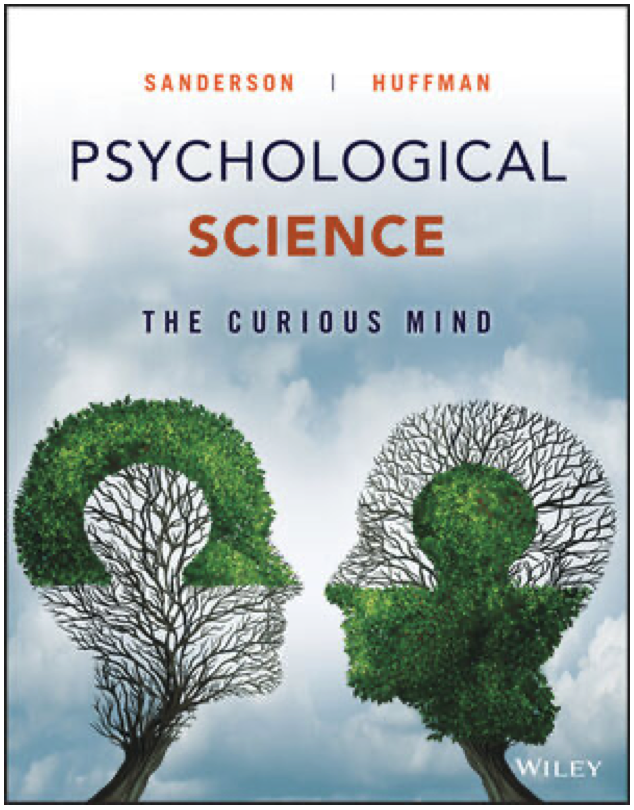
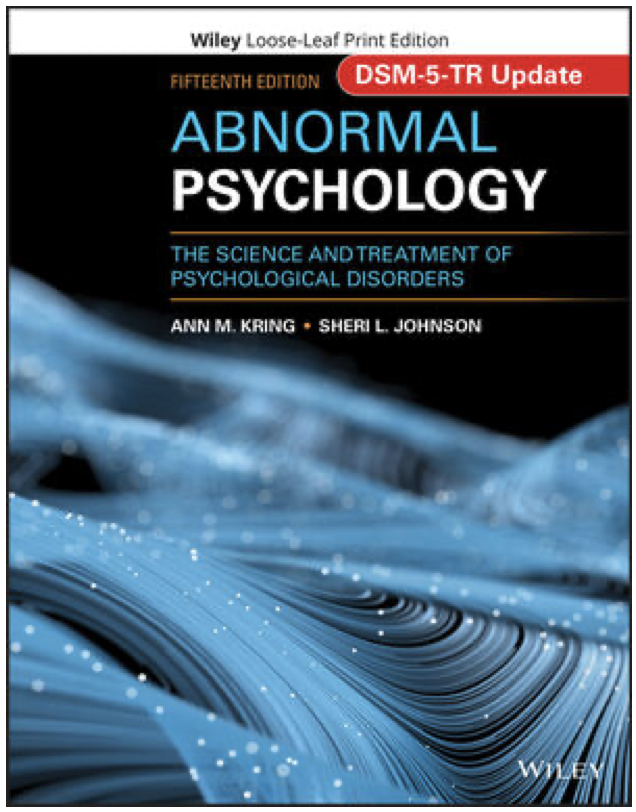
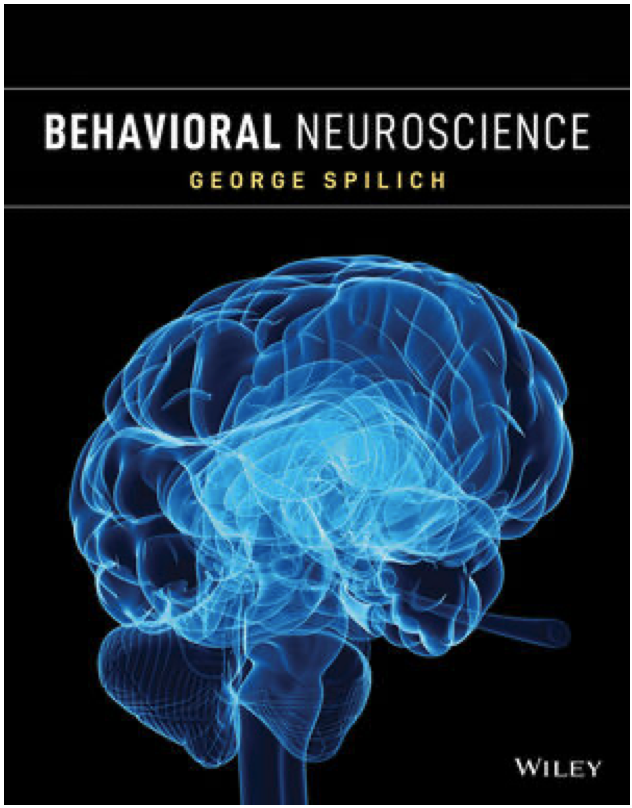
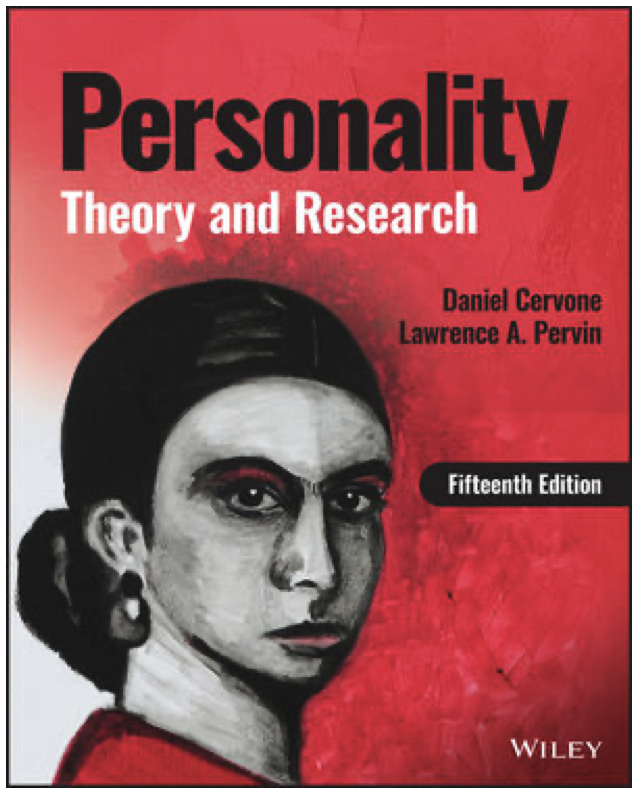
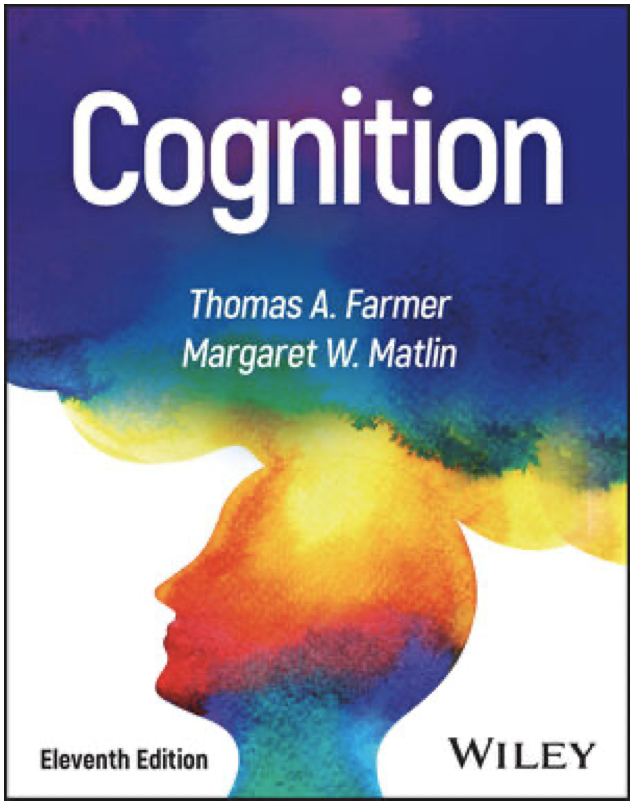
Leave a Reply